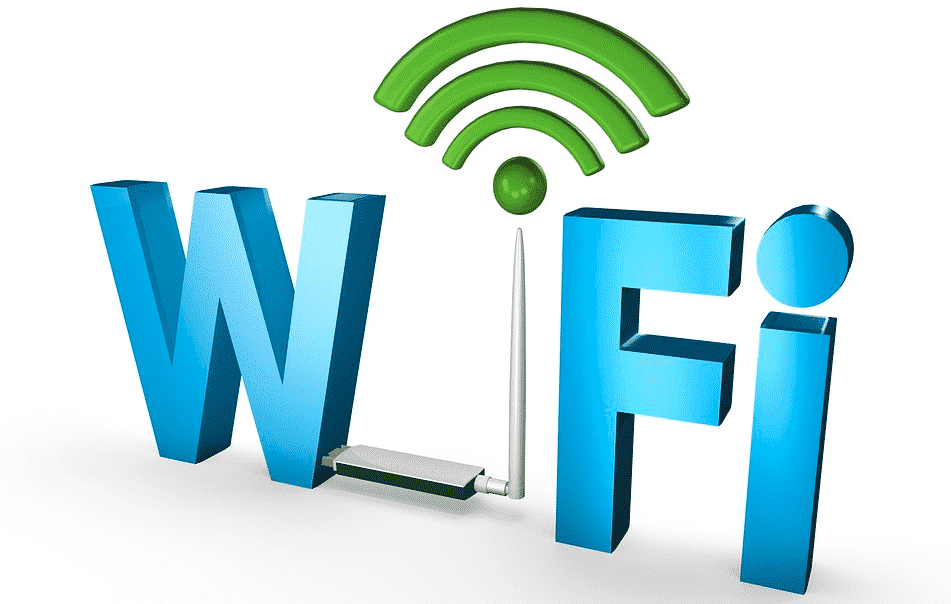Why you can’t connect to Wi-Fi at home and what you can do about it
"How come I can't connect to Wi-Fi?" It's something we've all said. Here's how to troubleshoot common home network connection issues.
There could be a number of reasons why your internet isn't working. Often, re-plugging a modem or router or restarting your laptop's network driver will suffice. Use this guide to learn how to troubleshoot potential internet issues on your own.
No internet access? First, look into these Wi-Fi network issues.
· Check these potential network issues to see if your Wi-Fi network is causing your internet problems:
· Check to see if your router is unplugged or if the power has been turned off — your solution could be as simple as restarting or plugging in your router.
· Check to see if any of your devices are attempting to connect to a different network. Although your device usually connects to your home Wi-Fi network, it could be attempting to connect to another network. You may have to manually connect it to your home network and forget about the other one.
· If you recently changed your Wi-Fi password, make sure the new one is saved in your device.
· Check to see if other websites or internet browsers are functioning properly. Certain websites or servers go down from time to time.
· Examine whether moving your device closer to your router improves your connection. If you normally have a strong signal in rooms far from your router but can't connect, move your device closer to the router. If it detects a signal in a nearby room, you may require a Wi-Fi extender.
How to Troubleshoot Wi-Fi Network Issues
1. Restart your modem.
Unplug your modem and then reconnect it. If that doesn't work, unplug your router, wait a minute, and then reconnect it. Restarting your modem or router will sometimes reset your network and make the problem go away.
2. Examine the network configuration
Check your wireless network configuration next. Wi-Fi channels can become overcrowded at times, causing connection problems.
3. Reset your network settings.
Using your laptop, reset your network:
Windows:
· Navigate to "Settings."
· Then there's "Network & Internet.
· "Then, under "Status," select "Network Reset."
Mac OS:
· In the "System Preferences" Network pane, double-check your TCP/IP settings.
· Select "Renew DHCP lease" from the menu.
· When you select Wi-Fi, you will see your "Preferred Networks."
· Click OK to open "Keychain Access Utility" and navigate to your saved network passwords.
· Remove any previously saved network passwords and restart your computer.
Problems with device connectivity
Your laptop or phone is frequently the source of your connection problem. If you used to be able to connect your device to your home Wi-Fi network but now you can't, it's most likely a device issue.
Connection issues can range from software issues to network adapter glitches, so start troubleshooting your smart devices.
How to Troubleshoot Various Device Issues
1. Reboot your device.
Your first step, as any IT professional will tell you, is to restart your device. This is a standard troubleshooting solution that may be all you need to reconnect to Wi-Fi.
2. Examine your network adapter
The next step is to examine your network adapter. Connection problems can occur when your computer's network adapter is not enabled.
Windows:
· Select your network adapter from the Network Connections Control Panel to inspect it.
· Check that the wireless connection option is turned on.
3. Install new adapter drivers
It's possible that your network adapter driver is out of date.
· Navigate to your device manager.
· Choose "Network Adapters."
· Choose "Update Driver."
· Following the instructions, restart your computer and attempt to connect to Wi-Fi.
4. Hardware should be repaired or replaced.
If these suggestions do not work, look into possible hardware or software issues. Hardware issues are uncommon, but an older computer or tablet's network adapter may stop working unexpectedly if it overheats. You can take your device to a repair shop to see if they can assist you in replacing any hardware.
5. Viruses must be removed.
If you have a computer virus, it may cause software issues that disable or block your ability to connect to Wi-Fi. You should scan your computer or device for viruses and remove any that are found. Then restart your computer and attempt to connect again.







